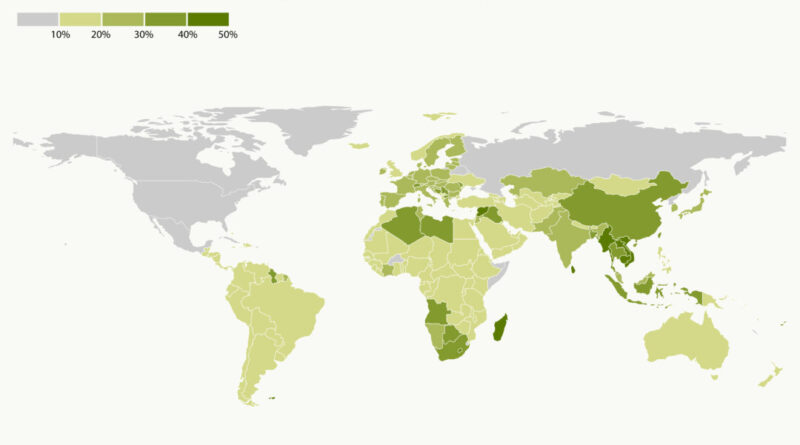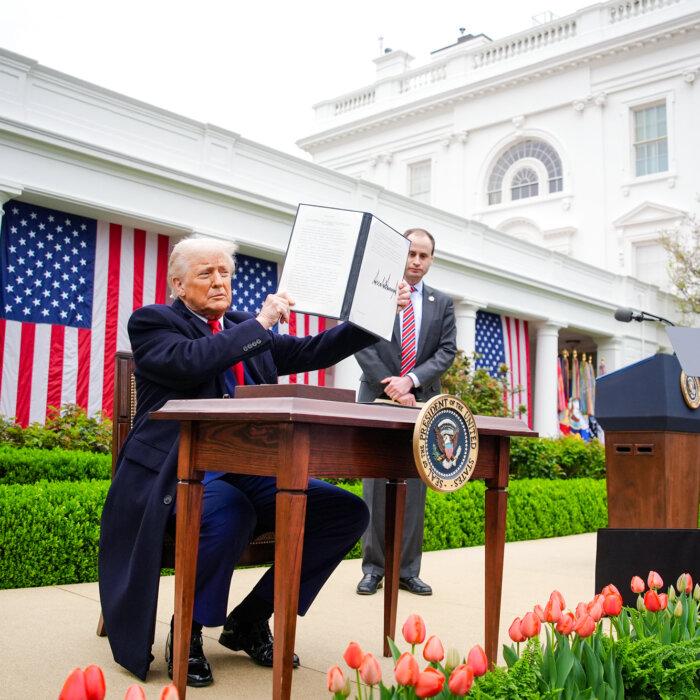Here’s How Much the US Is Tariffing Each Country
Aside from a universal 10 percent levy, roughly 60 countries will be hit with additional reciprocal tariffs.

President Donald Trump on April 2 unveiled sweeping global tariffs aimed at reviving American manufacturing and countering what he describes as decades of unfair trade practices at the expense of the United States.
The Trump administration has imposed new baseline 10 percent tariffs on all U.S. trading partners, which will go into effect at 12:01 a.m. on April 5.
These additional reciprocal tariffs will go into effect at 12:01 a.m. on April 9.
Mexico and Canada are not covered by these new levies as they are still subject to 25 percent tariffs related to fentanyl trafficking and illegal immigration.
Russia and North Korea are omitted due to existing sanctions and lack of trade.
Additional U.S. tariffs on China will bring the total to 54 percent because the Trump administration previously imposed 20 percent tariffs on the country due to its role in facilitating the flow of fentanyl into the United States.
The tariffs also do not apply to pharmaceuticals, copper, semiconductors, and lumber, which are expected to be dealt with in a separate tariff regime.
Goods compliant with the United States–Mexico–Canada Agreement will continue to be subject to a zero percent tariff, with non-compliant products seeing a 12 percent reciprocal tariff.
The European Union, Canada, and China have already announced their intentions to retaliate with additional tariffs on certain U.S. goods. Global and domestic stock markets plummeted following the announcement, and shares in many U.S. companies sank as trading began on Thursday.
Trump has suggested his tariff plan is forcing those countries to “pay for the privilege of access to our market.”





